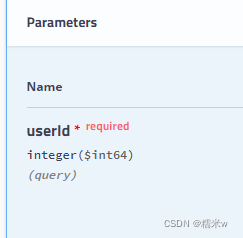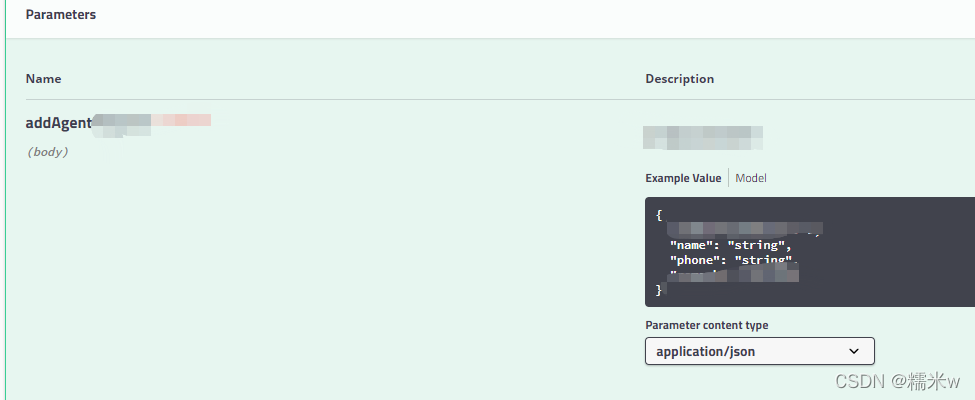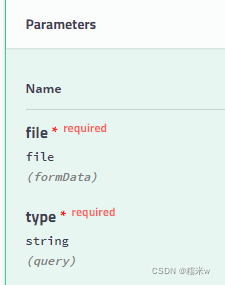每次在进行前后端联调的时候,总是因为参数放不对而影响进度,我人都麻了,真的记不住,还是整理一下以便后续开发
一、vue2和vue3的接口请求头
// vue 2
const res = await this.$axios.get(``,{})
// vue 3
const { proxy } = getCurrentInstance()
const res = await proxy.$axios.get(``,{})主要区别就是this不能用了
二、不同请求类型
我目前所接触到的就是GET, POST, PUT, DELETE, 其中get,post最多,其他的以后再增加,
GET请求
一般用于从后端获取数据,参数位置一般为path或query

const { proxy } = getCurrentInstance()
const onLogin = () => {
const iccid = '11111'
try{
const res = await proxy.$axios.get(`/userInfo/${iccid}`)
}catch(e){
proxy.$message.error(e.message)
}
}
如果传参位置在路径里面,就直接写在路径里

对于放在query的参数,需要在路径后面,用params传递
const { proxy } = getCurrentInstance()
const onLogin = () => {
const userId= 1
try{
const res = await proxy.$axios.get(`/userInfo`,{
params:{
userId
}
}
)
}catch(e){
proxy.$message.error(e.message)
}
}
POST请求
传参一般有path,query,body三种形式,path跟get一致,
之前query传参写错了,与get不同,要放在第三个括号里,并且要用params包裹起来

const { proxy } = getCurrentInstance()
const onLogin = () => {
const endTime = '2021/12/6'
const iccid = '1111111'
try{
const res = await proxy.$axios.post(`/userInfo`,{},
{
params:{
endTime,
iccid
}
})
}catch(e){
proxy.$message.error(e.message)
}
}
query同样也是放进param里面

const { proxy } = getCurrentInstance()
const onLogin = () => {
const name = '糯米w'
const phone = '1111111'
try{
const res = await proxy.$axios.post(`agents`, {
name,
phone,
})
)
}catch(e){
proxy.$message.error(e.message)
}
}
如果参数是放在body里面,就不需要params,而是直接放参数就好
三、特殊处理的接口
上面提到的都是封装好的接口,有时候必须要使用原装接口,最常用的就是图片,文件的传输

这是一个文件传输的接口,因此出现了formData这种数据格式
var Data = new FormData()
Data.append('file', cardMessage.uploadMsg)
const res = await proxy.$axios({
url: `Transfer`,
method: 'POST',
data: Data,
headers: {
'Content-Type': 'multipart/form-data',
},
params: {
type: 'BACK',
}
})对于数据必须用FormData处理,是为了将数据编译成键值对

然后将其放在data里面被接收
然后对于其他的参数,放在params里面,这其实就是用到axios默认的请求配置项

我先回去把axios好好学习一下,然后再把其他文件类型也写出来